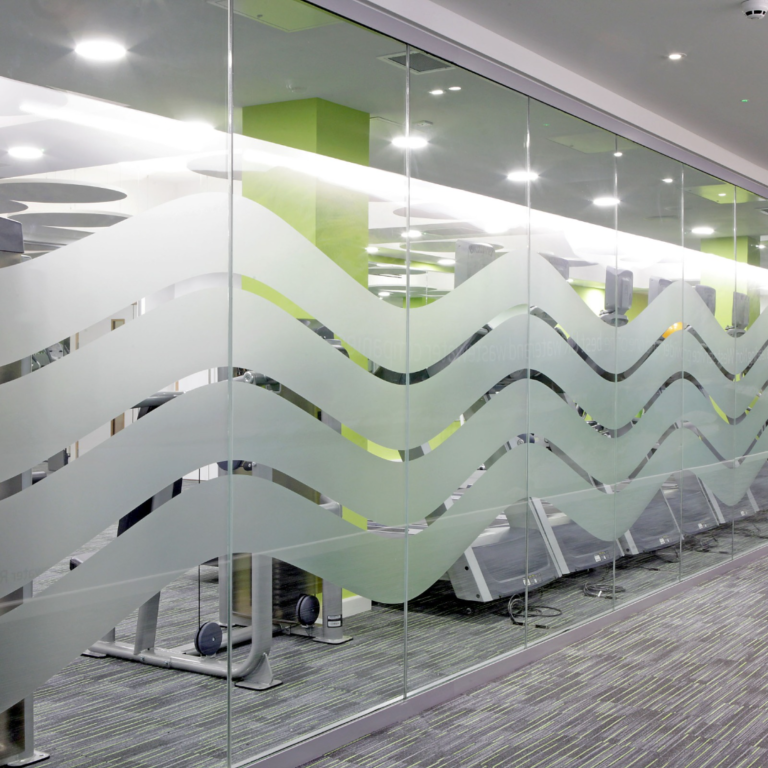
Understanding the Cost of Performance Glass: A Comprehensive Guide
We unravel the intricacies of high-performance glass and today, we address a question frequently asked by a diverse audience, including potential clients and various professionals:
“How much does performance glass cost?”
1. The Factors Influencing Performance Glass Prices
Performance glass pricing is intricate, with several critical factors influencing the overall cost. For businesses considering glazing projects, understanding these elements is pivotal:
a. Type of Performance Glass:
The choice of glass type significantly impacts the price. Basic double-glazed windows may start at £100 per square metre, while more advanced triple-glazed options can range from £400 to £600 per square metre.
b. Size and Thickness:
Larger or thicker glass panels result in higher costs. For instance, a standard 4mm thick glass might cost around £50 per square metre, whereas a thicker, 10mm glass can go up to £100 per square metre.
c. Specialised Coatings:
Specialised coatings contribute both to functionality and cost. Low-E coatings for energy efficiency can add around £20 to £30 per square metre, while UV coatings for added protection might add an extra £10 per square metre.
d. Customisation:
Custom shapes and sizes come with additional expenses. Expect a 10% to 20% increase in costs for unique designs or tailored solutions.
2. Price Ranges for Performance Glass
a. Entry-Level Options:
Basic performance glass, like double-glazed windows with standard coatings, falls into the £100 to £200 per square metre range.
b. Mid-Range Selections:
Mid-range options, which may include triple-glazing and additional coatings, typically range from £400 to £500 per square metre.
c. Premium Choices:
High-end performance glass, featuring advanced technologies and extensive customisation, can range from £600 and beyond per square metre.
3. Considerations When Choosing Performance Glass
Navigating through performance glass options requires careful consideration, especially for businesses and professionals in the construction industry:
a. Functionality Needs:
Determine specific benefits sought, whether it’s enhanced energy efficiency, noise reduction, or UV protection, aligning with the project’s requirements.
b. Architectural Design:
Consider how the glass aligns with the overall vision. Customised designs may elevate aesthetics but at an additional cost.
c. Location and Climate:
Assess the environmental conditions. This includes understanding how glass features impact overall building performance for professionals involved in construction and engineering.
d. Long-Term Savings:
While initial costs may vary, consider the long-term savings through energy efficiency and potential reductions in utility bills, crucial for businesses focused on sustainable practices.
4. Getting an Accurate Quote
For precise estimates tailored to specific projects, consulting with industry professionals is essential. They can assess requirements, offer expert advice, and provide detailed quotes based on glass type, size, and additional features.
Conclusion:
Understanding the cost of performance glass involves navigating various factors. As you explore the possibilities, weigh the upfront expenses against the long-term benefits.
In our next blog, we’ll delve into specific types of performance glass and their unique advantages.
For any questions or specific topics you’d like us to cover, feel free to reach out.
We’re here to guide you, whether you’re an individual or a business, in making informed decisions about performance glass for your projects.
